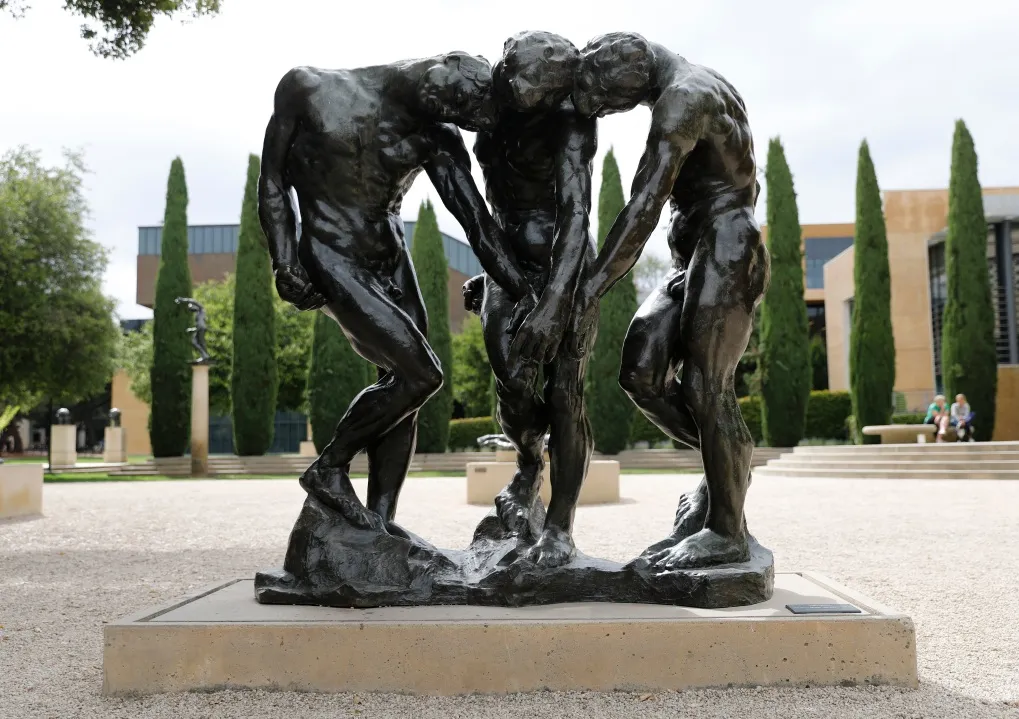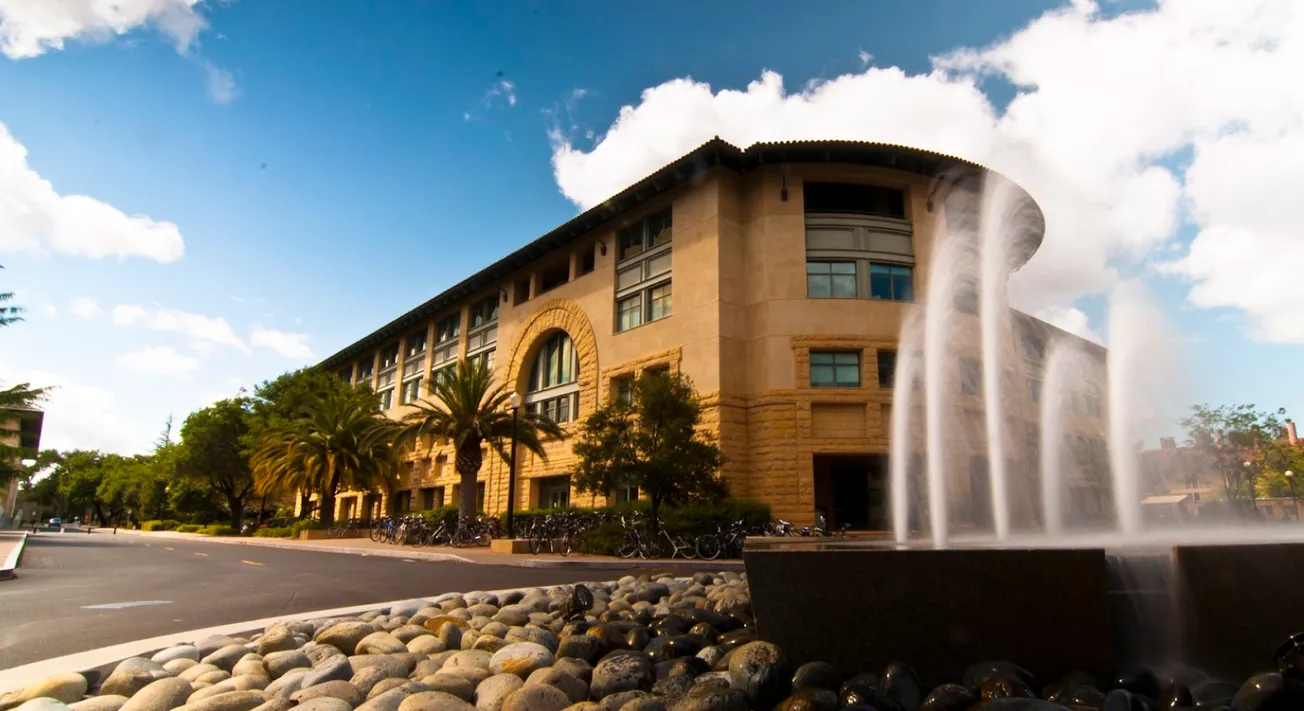Table of Contents
A few years back, the editors of the Review called for the restoration of Stanford’s old Western Civilization requirement. The core, which introduced students to the literary, artistic, and intellectual traditions of Greece and Rome, was eliminated in the 1980s, and the Review didn't succeed in bringing it back. But Stanford administrators seem to implicitly agree that something has been missing since the core was abandoned, as evidenced by the long series of successor requirements they've created to replace it. Stanford’s latest such effort is the first-year Civic, Liberal, and Global Education (COLLEGE) requirement.
Frosh enrolled in Why College? Your Education and the Good Life (COLLEGE 101) are assigned Paulo Freire’s “Pedagogy of the Oppressed” in the first week but don’t meet Plato or Seneca until week six. In ten weeks, the all-encompassing Citizenship in the 21st Century aims to tackle diverse issues from social inequality and American democracy to the threats of technology and climate change. Conspicuously missing from any of these courses is a backbone made up of the foundational texts that have defined Western liberal education for centuries.
When the Review tried to bring back Western Civ in 2016, it wasn’t a likely proposition given the political climate, but it was still true that if you wanted to study those topics, you could do so in a robust way. Today, I’m not so sure. Theoretically, if the world turned upside down tomorrow and Stanford leaders announced that the Western Civilization core was back, effective immediately, would Stanford’s humanities programs actually be ready to teach such a core? I would say no. An educational program can only be as good as the parties responsible for it are competent, and the Classics department, which would be at the center of this program, is simply unprepared. It has hollowed out its own core.
A complete Classics major should, at a minimum, require solid reading comprehension in either Latin or Greek; coursework in Greek, Roman, and Near Eastern history; and a survey of the Classical canons. But other than those who specialize in language tracks, students pursuing the subplan in Classical Studies graduate with less than two years of Latin or Greek; the subplan in Ancient History has no language requirement at all.
Although the ancient history courses are top-notch, they are not required for the major and are not prerequisites for higher-level classes. Except for a single course examining the works of Greek philosophers, no other foundational class focuses exclusively on the classical canons. Even when the canons are studied in advanced classes, none of which has prerequisites, it’s usually done in relation to contemporary work or under the lens of critical theory.
Altogether, the Classics major is a thin 60 units. With most courses being 5 units, this means a student needs only one course per quarter in order to graduate.
Let’s review some of the options. First, Stanford’s introductory course on Western art, now with a post-modern twist. Decolonizing the Western Canon: Introduction to Art and Architecture from Prehistory to Medieval is a class without prerequisites, which begs the question: how can we deconstruct something that we have no working knowledge of? Another course, Socrates and Social Justice, has no requirement on either Socrates or ethics. The course Whose Classics? Race and Classical Antiquity in the U.S. focuses heavily on concepts like “decentering” and “decolonizing,” again with zero prerequisites about the subject matter being decentered!
Some courses combine the Classical canon with works of modern literature. For seasoned scholars, there is nothing wrong analyzing Sophocles' Antigone together with Beth Piatote's Antíkone. But such an approach, without prior knowledge of the Greek plays in their own right, is a disservice both to the works being studied and to the students being fed the jumbled curriculum.
Bereft of foundation, rigor, and cohesion, the Classics now turn to an innovation that isn’t — making everything “interdisciplinary.” Out of Stanford Classics’ 64 course offerings this year, 30 are cross-listed with at least one other department. Taking into account the natural overlap with archaeology and art history, there are 12 classes listed under at least two other departments. In Stanford History, half of classes are cross-listed with one other field, and a quarter are listed with at least two others.
While certain cross-fertilization can be beneficial (ex. The Use of Classical Antiquity in Modern China), it’s difficult to see how Human Rights in an Age of Great Power Rivalry, War, and Political Transformation qualifies as an upper-level Classics course; neither Greece nor Rome, not even Egypt, appears in its course description. Unfortunately, these qualities are hardly aberrations, because Classics courses have traded away what is intrinsically valuable for what is expedient in the academic environment. Today, that means going interdisciplinary, whereby we disguise diminishing depth of coursework with artificial breadth. Why learn anything about one subject when you could learn nothing about many subjects?
But perhaps one should not be too hard on Stanford Classics, because the state of the department is hardly unique, and probably much better than some of our peer institutions. Princeton Classics, once an august department, has done away with its language requirements entirely. Whereas Stanford merely replaced teaching Western art with “decolonizing” it, Yale has opted to abolish its introductory Western art history course.
All of this leads to a sad realization: that our universities, bogged down by politics and the protectionist instincts of the professoriate, are no longer capable of providing the type of education that was once ubiquitous, and which produced men and women with the knowledge and humility to solve problems, not dismantle them.
Stanford seems to be looking for a position somewhere in the middle between tradition and upheaval, starting programs like COLLEGE to promote consensus-building and civic/global education. But until the humanities regain their core -- and that means reviving both the Classical subject matter and rigorous study -- these efforts are bound to be incoherent and directionless.
In the meantime, it’s incumbent on people who care to join together in reading, examining, and discussing the great canons and ideas outside the hollow shell of the academy.









